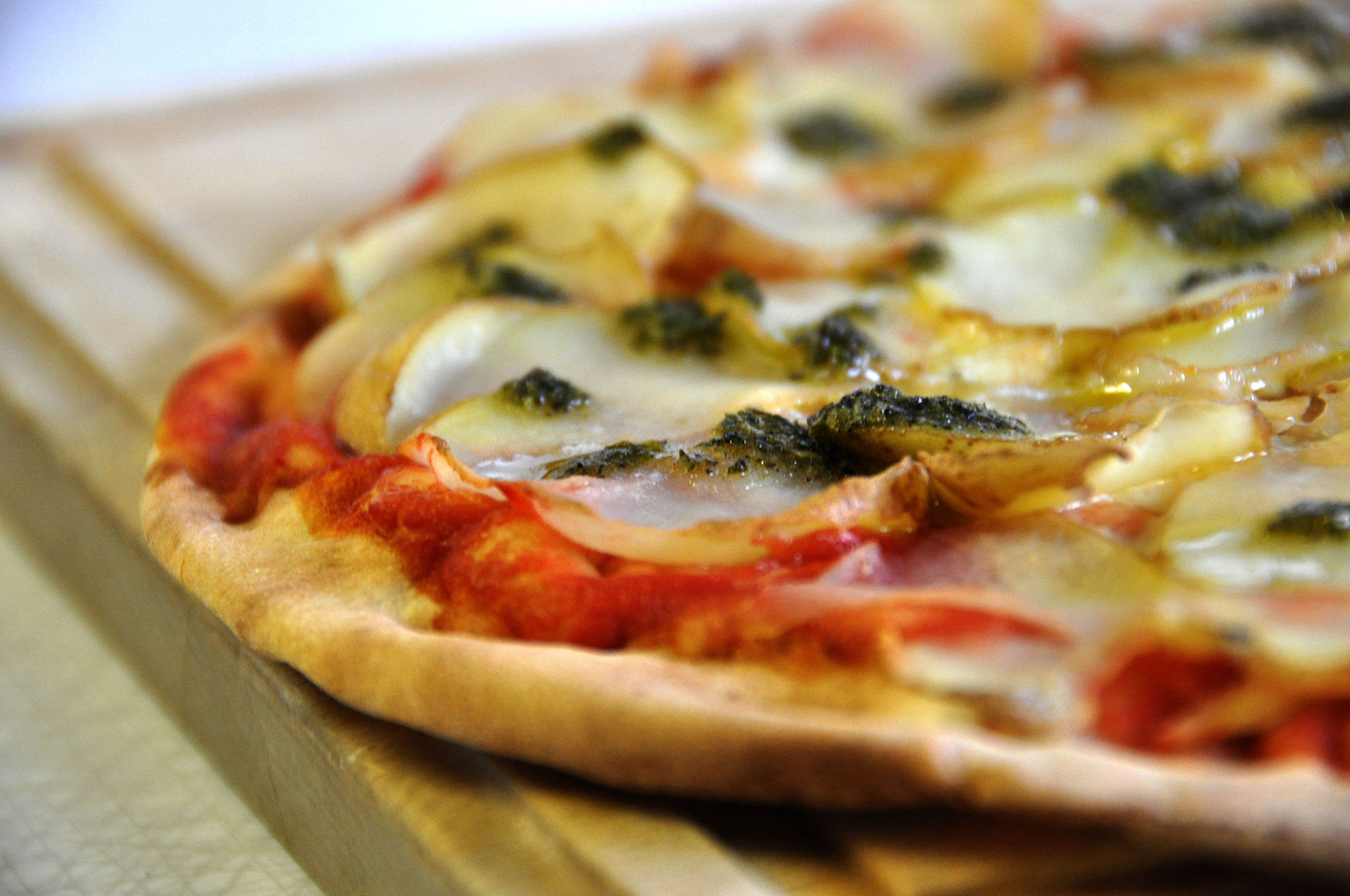Forum Replies Created
- Replies
-
- 30 March 2018 at 09:54
- in reply to: What antivirus do you trust and use?
More recently, following the 2014 release of the APT 1 report from Mandiant, the industry has seen a shift towards signature-less approaches to the problem capable of detecting and mitigating zero-day attacks.Numerous approaches to address these new forms of threats have appeared, including behavioral detection, artificial intelligence, machine learning, and cloud-based file detonation.
According to Gartner, it is expected the rise of new entrants, such Carbon Black, Cylance and Crowdstrike will force EPP incumbents into a new phase of innovation and acquisition. One method from Bromium involves micro-virtualization to protect desktops from malicious code execution initiated by the end user. Another approach from SentinelOne and Carbon Black focuses on behavioral detection by building a full context around every process execution path in real time, while Cylance leverages an artificial intelligence model based on machine learning.
Increasingly, these signature-less approaches have been defined by the media and analyst firms as “next-generation” antivirus and are seeing rapid market adoption as certified antivirus replacement technologies by firms such as Coalfire and DirectDefense. In response, traditional antivirus vendors such as Trend Micro, Symantec and Sophos have responded by incorporating “next-gen” offerings into their portfolios as analyst firms such as Forrester and Gartner have called traditional signature-based antivirus “ineffective” and “outdated”.
- 30 March 2018 at 09:53
- in reply to: What antivirus do you trust and use?
Many viruses start as a single infection and through either mutation or refinements by other attackers, can grow into dozens of slightly different strains, called variants. Generic detection refers to the detection and removal of multiple threats using a single virus definition.For example, the Vundo trojan has several family members, depending on the antivirus vendor’s classification. Symantec classifies members of the Vundo family into two distinct categories, Trojan.Vundo and Trojan.Vundo.B.
- 30 March 2018 at 09:52
- in reply to: Italian Cuisine
Italian cuisine has a great variety of different ingredients which are commonly used, ranging from fruits, vegetables, sauces, meats, etc. In the North of Italy, fish (such as cod, or baccalà), potatoes, rice, corn (maize), sausages, pork, and different types of cheeses are the most common ingredients. Pasta dishes with use of tomato are spread in all Italy. Italians like their ingredients fresh and subtly seasoned and spiced.- 30 March 2018 at 09:51
- in reply to: Italian Cuisine
Best AnswerItalian cuisine has developed over the centuries. Although the country known as Italy did not unite until the 19th century, the cuisine can claim traceable roots as far back as the 4th century BCE. Food and culture was very important at that time as we can see from the cookbook (Apicius) which dates back to first century BC.Through the centuries, neighbouring regions, conquerors, high-profile chefs, political upheaval and the discovery of the New World have influenced its development. Italian food started to form after the fall of the Roman Empire, when different cities began to separate and form their own traditions. Many different types of bread and pasta were made, and there was a variation in cooking techniques and preparation. The country was split. Regional cuisine is represented by some of the major cities in Italy. For example, Milan (north of Italy) is known for its risottos, Bologna (the central/middle of the country) is known for its tortellini and Naples (the south) is famous for its pizzas and spaghettis…
- 30 March 2018 at 09:51
- in reply to: Italian Cuisine
An external image…
- 30 March 2018 at 09:47
- in reply to: Chocolate Mousse
An external image…
- 30 March 2018 at 09:46
- in reply to: Chocolate Mousse
- 30 March 2018 at 09:45
- in reply to: Beef Stroganoff
Rich in both history and carbs, Russian cuisine keeps you warm during cold winter months and helps you stay refreshed on a hot summer day. Strange to foreign eyes, food in Russia is usually made with simple ingredients, but is surprisingly comforting. We’ve made a list of traditional foods to show that Russian cuisine is much more than vodka and boiled cabbage.- 30 March 2018 at 09:44
- in reply to: Beef Stroganoff
- 30 March 2018 at 09:43
- in reply to: Turkish Cuisine
Especially in the western parts of Turkey, where olive trees grow abundantly, olive oil is the major type of oil used for cooking. The cuisines of the Aegean, Marmara and Mediterranean regions are rich in vegetables, herbs, and fish. Central Anatolia has many famous specialties, such as keşkek, mantı (especially from Kayseri) and gözleme. Food names directly cognate with mantı are found also in Chinese (mantou or steamed bun) and Korean cuisine (mandu).- 30 March 2018 at 09:43
- in reply to: Turkish Cuisine
Best AnswerTurkish cuisine varies across the country. The cooking of Istanbul, Bursa, Izmir, and rest of the Asia Minor region inherits many elements of Ottoman court cuisine, with a lighter use of spices, a preference for rice over bulgur, koftes and a wider availability of vegetable stews (türlü), eggplant, stuffed dolmas and fish.The cuisine of the Black Sea Region uses fish extensively, especially the Black Sea anchovy (hamsi) and includes maize dishes. The cuisine of the southeast (e.g. Urfa, Gaziantep, and Adana) is famous for its variety of kebabs, mezes and dough-based desserts such as baklava, şöbiyet, kadayıf, and künefe.
- 30 March 2018 at 09:42
- in reply to: Zarangollo
- 29 March 2018 at 23:10
- in reply to: Zarangollo
Pisto (also known as Pisto manchego) is a Spanish dish originally from the Region of Murcia and Castilla La Mancha. It is made of tomatoes, onions, eggplant or courgettes, green and red peppers and olive oil. It resembles ratatouille to some extent and is usually served warm as a starter or to accompany another dish. It is often served with bread, a fried egg on top or with pieces of cured ham. It is also used as the filling for pastiess and tartletts (empanadillas).The dish is sometimes formally named Pisto manchego, from its origins in the historical region of La Mancha (mostly situated in the region of Castilla La Mancha. Pisto a la Bilbaína, from Bilbao in the (Basque Country) is similar to pisto manchego but usually includes only courgettes and green peppers in tomato sauce, sometimes lightly scrambled with eggs.